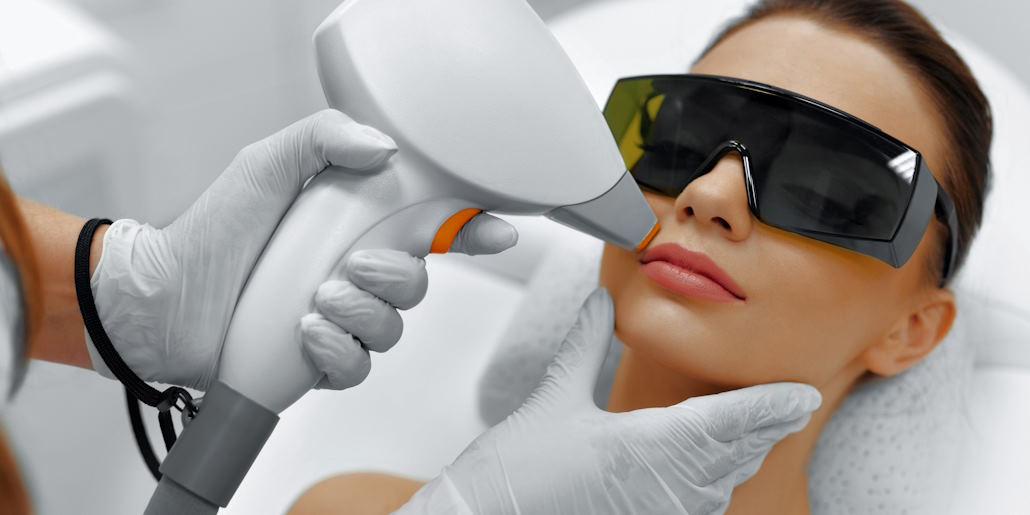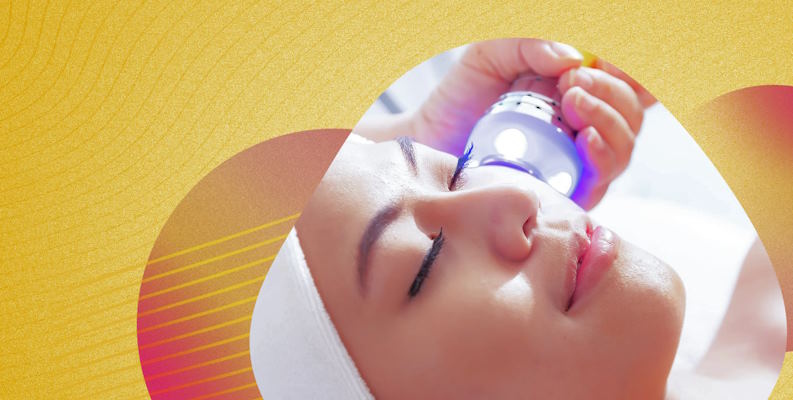
Laser Treatments Demystified: Enhancing Skin with Advanced Procedures
In the ever-evolving landscape of skincare, where innovation continually redefines beauty routines, few advancements have captured attention quite like laser treatments. Once reserved for the realm of science fiction, lasers have seamlessly transitioned into a reality, offering a groundbreaking approach to achieving radiant and flawless skin. From addressing stubborn pigmentation issues to erasing unwanted tattoos, laser treatments have revolutionized the way we perceive skincare enhancement.
Common Types of Laser Treatments
Laser technology has brought forth a new era in skincare, offering advanced solutions to a range of cosmetic concerns. Among the myriad of treatments, several stand out for their effectiveness and versatility.
Laser Hair Removal
Laser hair removal has become a staple in modern grooming routines. This procedure works by delivering concentrated light into hair follicles, effectively damaging them and inhibiting future hair growth. Unlike traditional methods like waxing or shaving, laser hair removal offers longer-lasting results and often leads to finer regrowth. The light energy is absorbed by the pigment in the hair, making it an ideal solution for individuals with darker hair and lighter skin tones.
Laser Skin Resurfacing
Laser skin resurfacing is a game-changer for tackling signs of aging and skin imperfections. This treatment uses laser energy to remove damaged outer layers of skin, stimulating collagen production and revealing smoother, younger-looking skin beneath. Two primary categories of lasers are utilized: ablative and non-ablative. Ablative lasers remove thin layers of skin, yielding more dramatic results but requiring more downtime. Non-ablative lasers, on the other hand, target deeper layers without damaging the surface, resulting in quicker recovery periods.
Laser for Pigmentation Issues
Hyperpigmentation and sunspots are common skin concerns that can be effectively addressed with laser treatments. Specialized lasers target the excess melanin responsible for these dark patches. By breaking down the pigment, the body’s natural processes can gradually eliminate the discolored areas, revealing a more even complexion over time.

The Advantages and Limitations of Laser Treatments
Laser treatments have emerged as a transformative force in modern skincare, offering a spectrum of benefits and considerations that individuals must weigh before embarking on their skin enhancement journey.
Benefits of Laser Treatments
- Precision in Targeting Specific Issues: One of the most significant advantages of laser treatments lies in their precision. By utilizing specific wavelengths of light, lasers can selectively target various skin concerns, whether it’s unwanted hair, pigmentation irregularities, or signs of aging. This precision minimizes damage to surrounding tissues, ensuring that only the intended problem areas are treated.
- Reduced Downtime Compared to Surgical Options: Laser treatments often offer a non-invasive or minimally invasive alternative to surgical procedures. Unlike surgical interventions, laser treatments typically require shorter recovery periods, allowing individuals to resume their daily activities more swiftly. This convenience has contributed to the popularity of laser procedures for busy individuals seeking effective results without the extended downtime associated with surgeries.
Limitations and Potential Risks
- Skin Sensitivity and Potential for Burns: While lasers are powerful tools, they carry a risk of causing skin sensitivity and, in some cases, burns. The intensity of the laser energy must be precisely controlled to avoid harming the skin. Individuals with more sensitive skin types might experience redness, swelling, or even temporary discomfort post-treatment. It’s crucial to follow post-procedure care guidelines diligently to mitigate these potential side effects.
- Ineffectiveness on Certain Skin Types and Conditions: Laser treatments are not a one-size-fits-all solution. Some lasers work better on specific skin types or conditions than others. For instance, individuals with darker skin tones may be more susceptible to pigmentation changes after laser procedures. Additionally, certain skin conditions, like active acne or severe eczema, might contraindicate certain laser treatments. Consulting a skilled practitioner who can tailor the treatment to individual needs is essential to ensure optimal results.
Combining Laser Treatments with Other Skincare Procedures
In the ever-evolving landscape of skincare, combining laser treatments with other innovative procedures has emerged as a strategic approach to achieving comprehensive and exceptional results. This fusion of technologies opens new avenues for addressing diverse skin concerns, ultimately leading to enhanced outcomes and long-term skin health.
Combination with Injectables
Synergistic Effects for Enhanced Results: When laser treatments are strategically combined with injectable treatments, the results can be truly transformative. The synergy between these modalities can target multiple aspects of skin aging simultaneously. For instance, pairing laser treatments that address texture and tone with injectables that target wrinkles and volume loss can yield more harmonious and comprehensive rejuvenation.
Popular Combinations like “Laser and Botox”: One particularly popular pairing is laser treatments with Botox. While lasers improve skin texture and tone, Botox addresses dynamic wrinkles by temporarily relaxing specific facial muscles. When used together, they create a multi-dimensional approach to smoother, younger-looking skin.
Integrating Laser Treatments into a Skincare Regimen
Maintaining Long-Term Skin Health: Integrating laser treatments into a consistent skincare regimen can offer enduring benefits. Regular sessions can help combat the cumulative effects of environmental factors and aging. For instance, periodic laser sessions can address emerging pigmentation issues before they become more prominent, ensuring a more even complexion over time.



